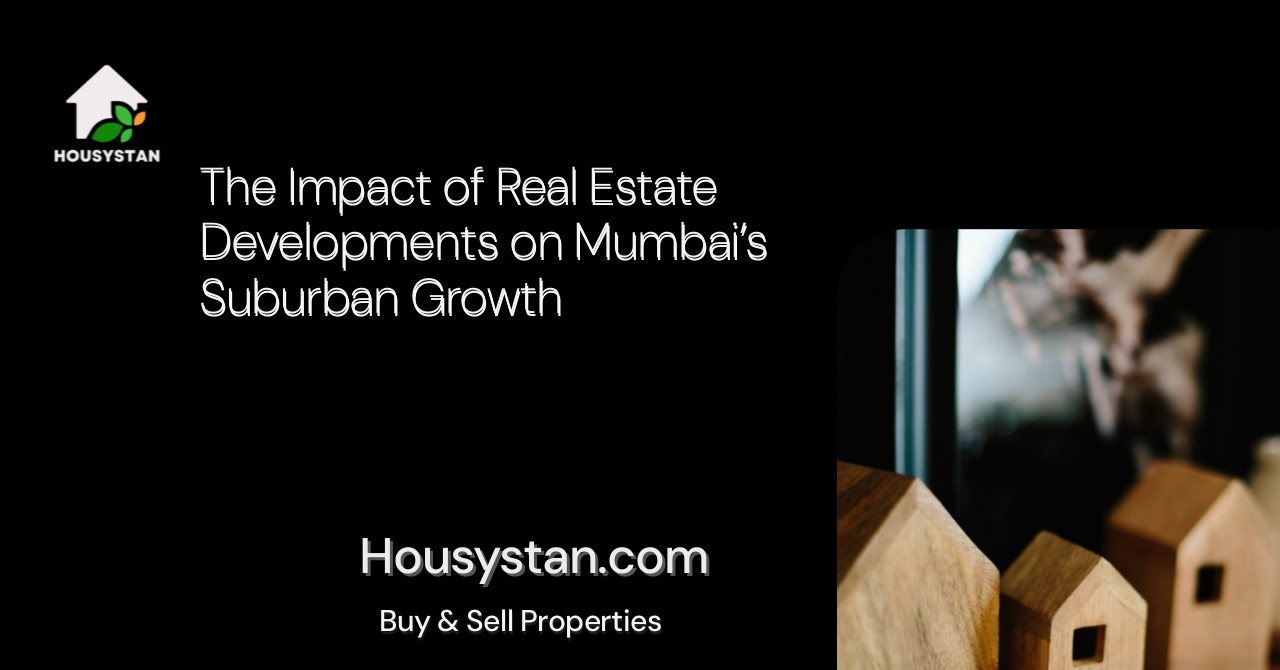The Impact of Real Estate Developments on Mumbai’s Suburban Growth
Read latest blogs and articles from Housystan

The Information mentioned here was last updated on:
21/12/2025The dynamic landscape of Mumbai has witnessed remarkable transformation over the past decade, largely driven by the surge in real estate developments across its suburban regions. As India’s financial capital continues to expand, the suburbs of Mumbai such as Thane, Navi Mumbai, Borivali, Andheri, and Mulund have become epicenters of construction activity and urban planning innovation. These developments not only cater to the ever-growing population but also reshape the city’s realty market, offering modern infrastructure and improved connectivity.
One of the most significant impacts of these real estate projects is the enhancement of transportation networks. The extension of metro lines, new expressways, and upgraded rail services have made commuting between the suburbs and central Mumbai seamless. As a result, families and professionals seeking affordable housing options are increasingly gravitating towards these well-connected neighborhoods, spurring further economic growth in these areas.
Moreover, the influx of residential and commercial complexes has led to the rise of new business districts, educational hubs, and healthcare facilities in Mumbai’s outskirts. Areas like Powai, Goregaon, and Kanjurmarg, once considered far from the city’s core, now offer premium amenities and lifestyle solutions, attracting both homebuyers and investors. This shift has not only decongested the traditional city center but also balanced real estate demand and supply, making property prices in the suburbs competitive and accessible.
- Verified Tenants/Buyers
- Unlimited Property Listing
- Zero subscription/charges fee
Sustainable urbanization is another key benefit resulting from planned real estate expansion. Developers are increasingly incorporating green spaces, energy-efficient designs, and eco-friendly technologies, aligning with Mumbai’s vision of a smarter, cleaner city. The focus on sustainable living enhances overall quality of life and appeals to environmentally conscious residents.
In summary, the continuous growth of Mumbai’s suburbs through innovative real estate initiatives is shaping a new era for the city. With improved infrastructure, strategic connectivity, and thoughtfully designed communities, these developments are pivotal in redefining Mumbai’s urban narrative and supporting the aspirations of its diverse population.